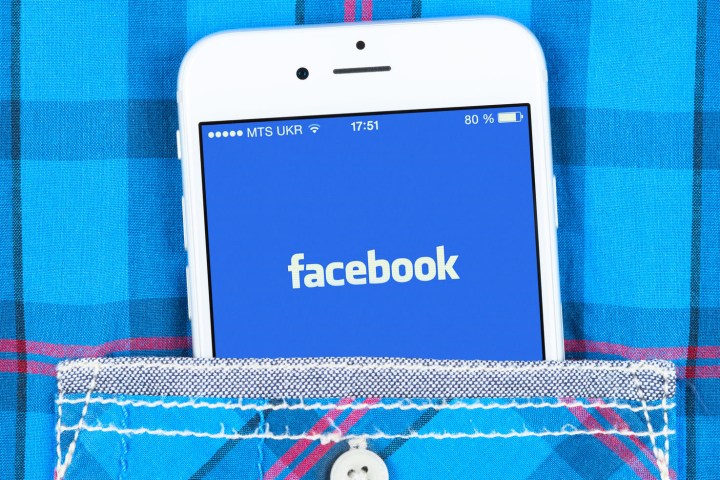
Per a leaked document first obtained by The Guardian, the social media platform ultimately disabled more than 14,000 accounts as a result of sexual abuse, with 33 of the cases involving children. While these may seem like gargantuan numbers, they could represent just the tip of the iceberg. The Guardian reports that because abusive content must be reported (and is not proactively sought out), the true extent of abuse on the platform could be far larger than even Facebook realizes.
Not only is scale an issue but in some sense, scope presents a problem as well. Moderators often have trouble following Facebook’s complex and sometimes ambiguous policies, with a source telling The Guardian, “Sexual policy is the one where moderators make most mistakes It is very complex.” But
Facebook has come under fire in recent months for how it handles some of these “complex areas,” particularly with regard to child pornography. In March, the company came under fire after it failed to remove “dozens of images and pages devoted to apparent child pornography” flagged by the BBC. At the time,
But it’s still a dicey issue. Facebook’s manual on how to address various sexual abuse cases is no shorter than 65 slides long and simply cannot address the full breadth of potentially problematic content that may appear online.
“Not all disagreeable or disturbing content violates our community standards,” Facebook said. “For this reason we offer people who use
All the same, the social media platform says it is committed to “building better tools to keep our community safe,” noting, “We’re going to make it simpler to report problems to us, faster for our reviewers to determine which posts violate our standards and easier for them to contact law enforcement if someone needs help.”
Editors' Recommendations
- Facebook gives employees $1,000 each to help them deal with coronavirus crisis
- Instagram has more ads than ever and it’s all Facebook’s fault
- Lyft’s robo-taxis have made more than 50,000 rides in Las Vegas


